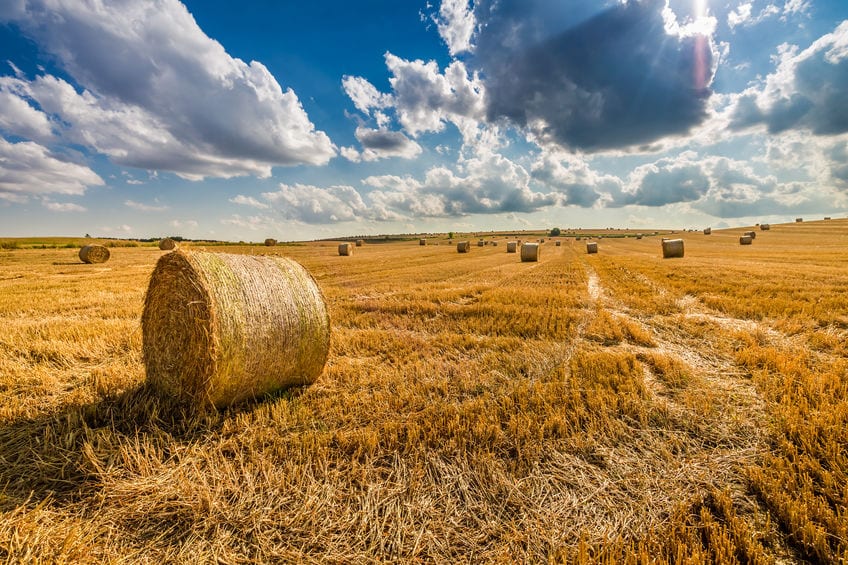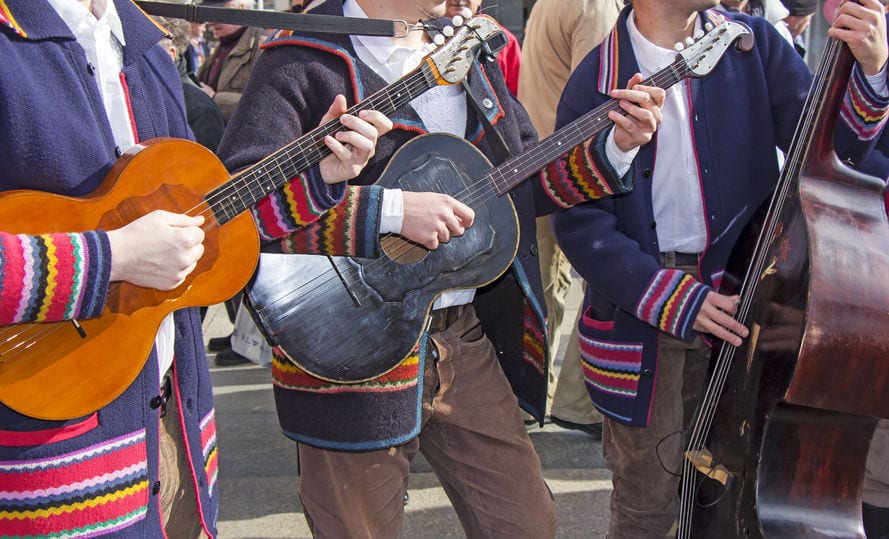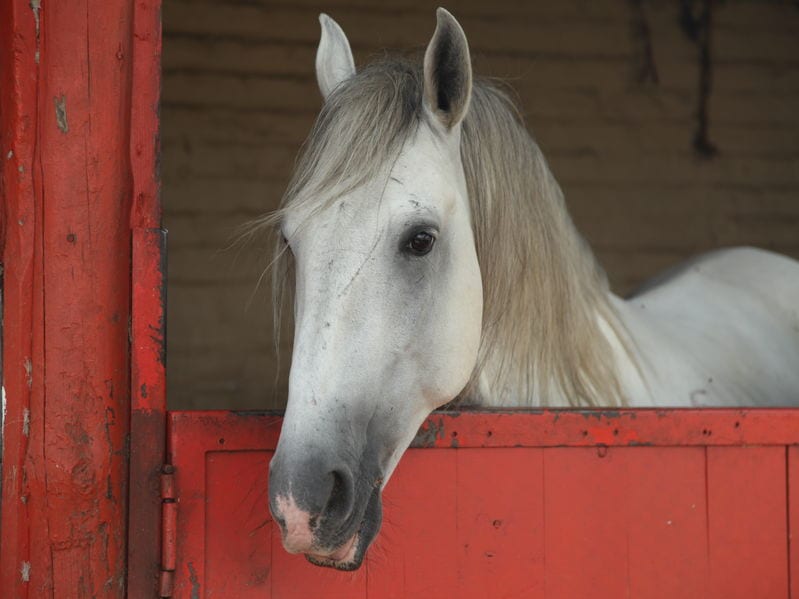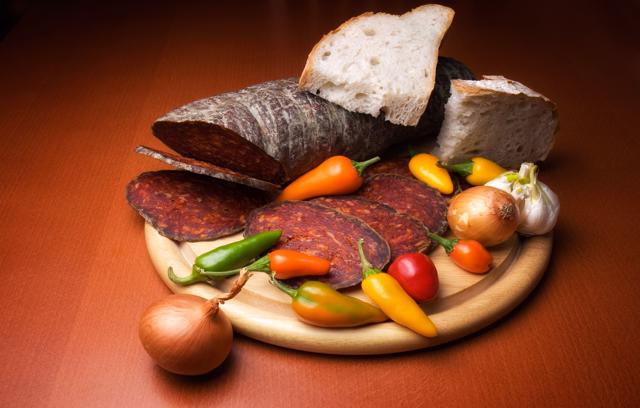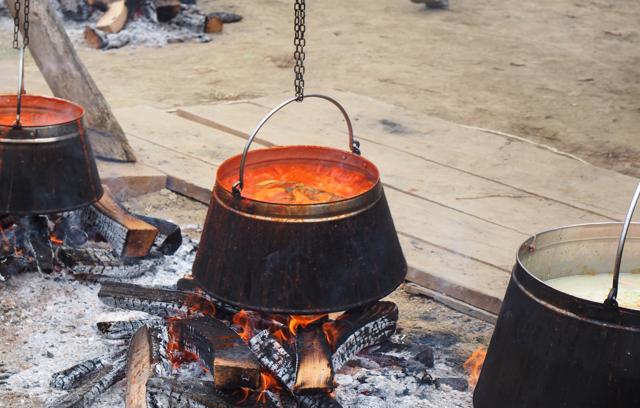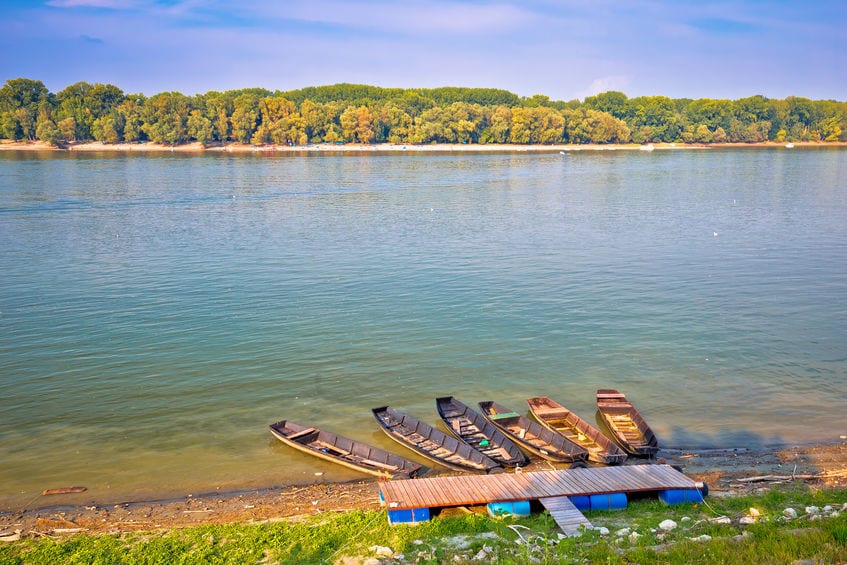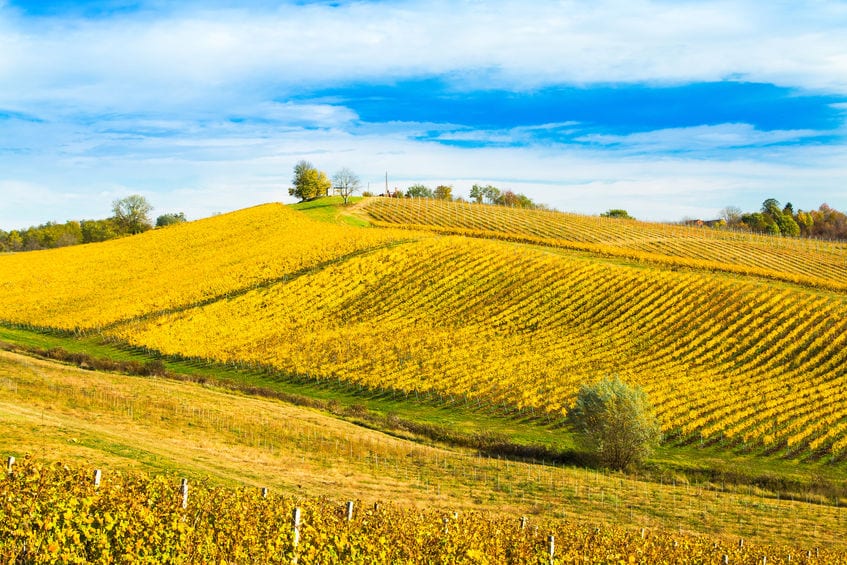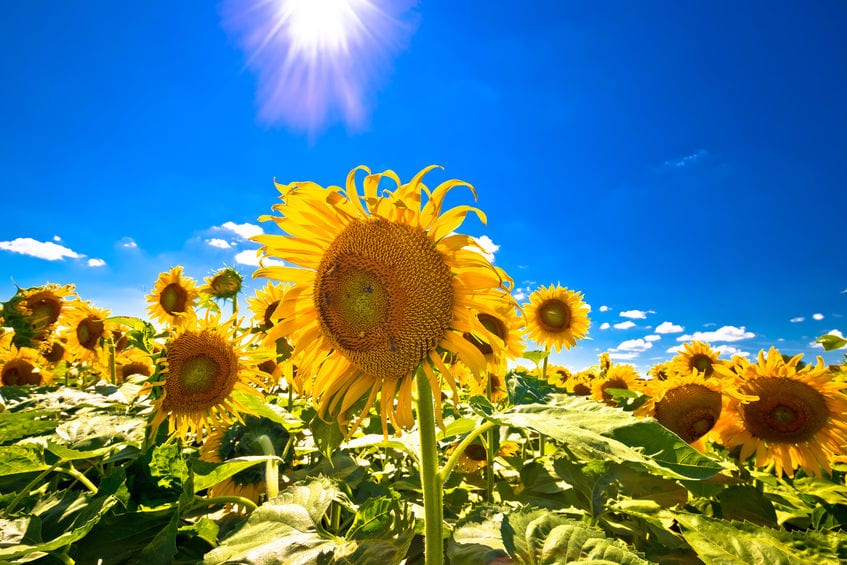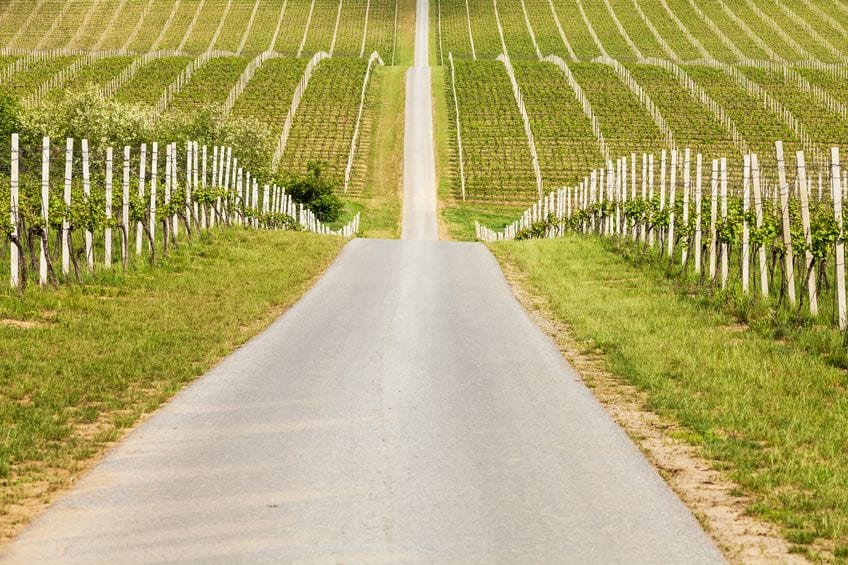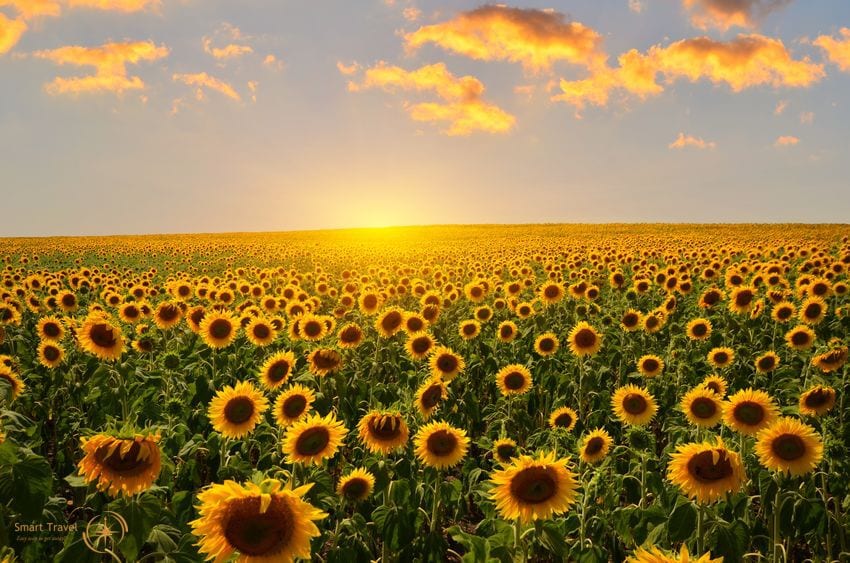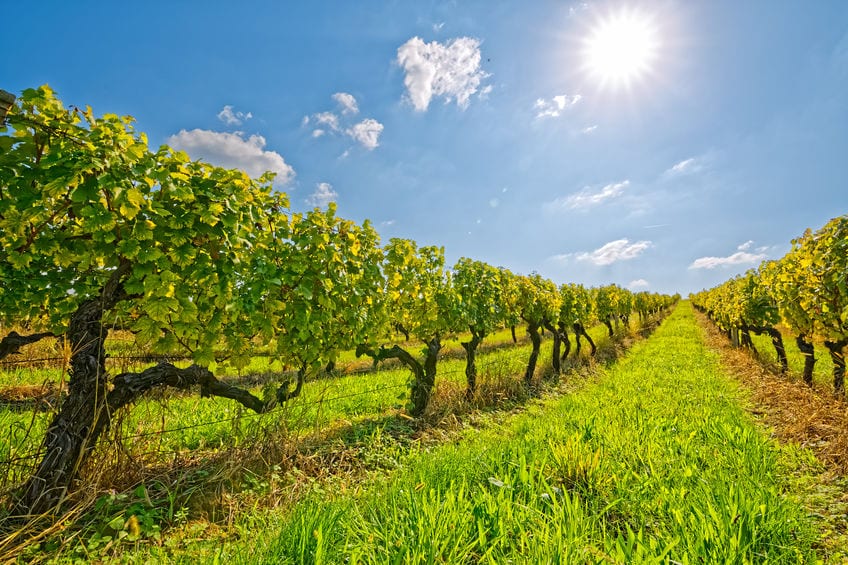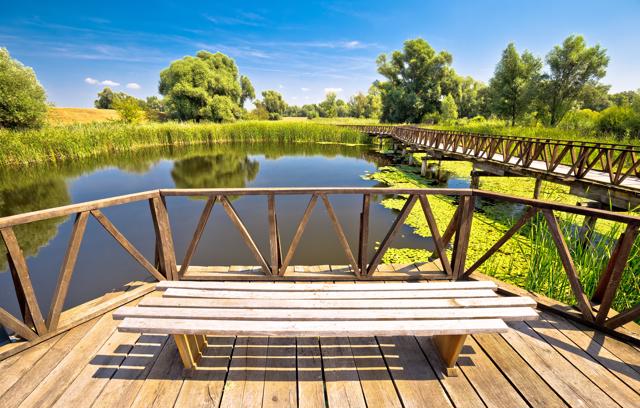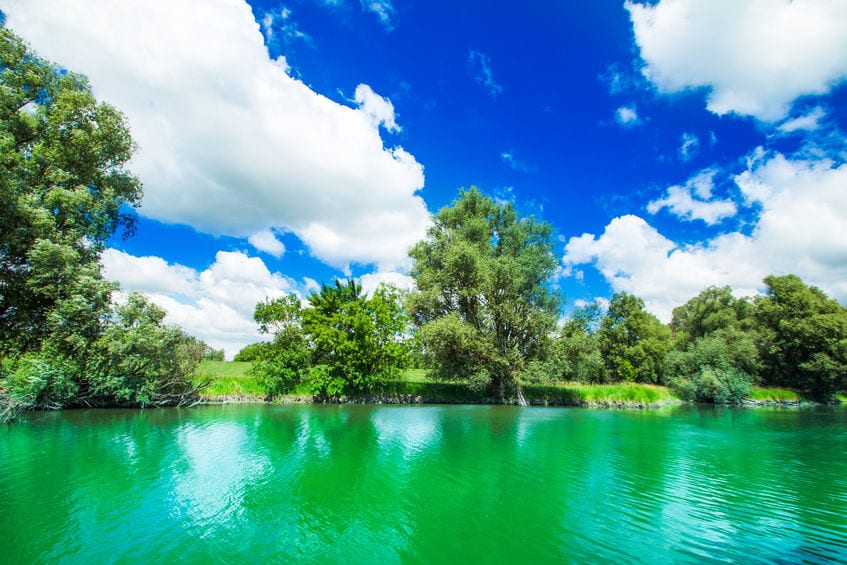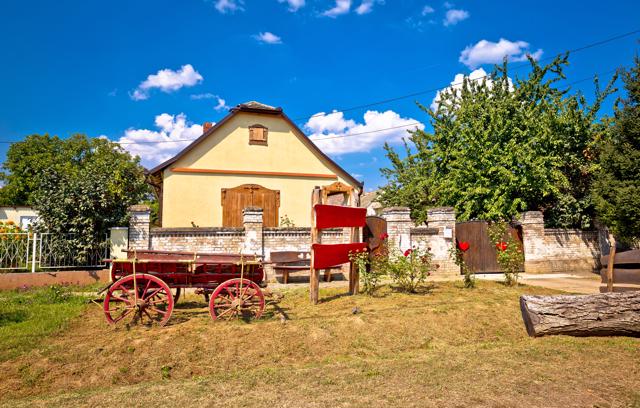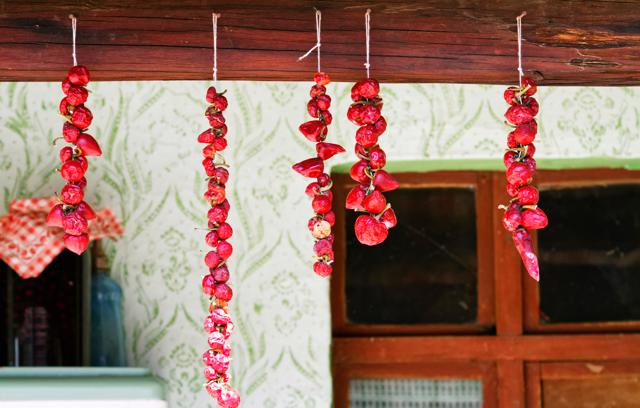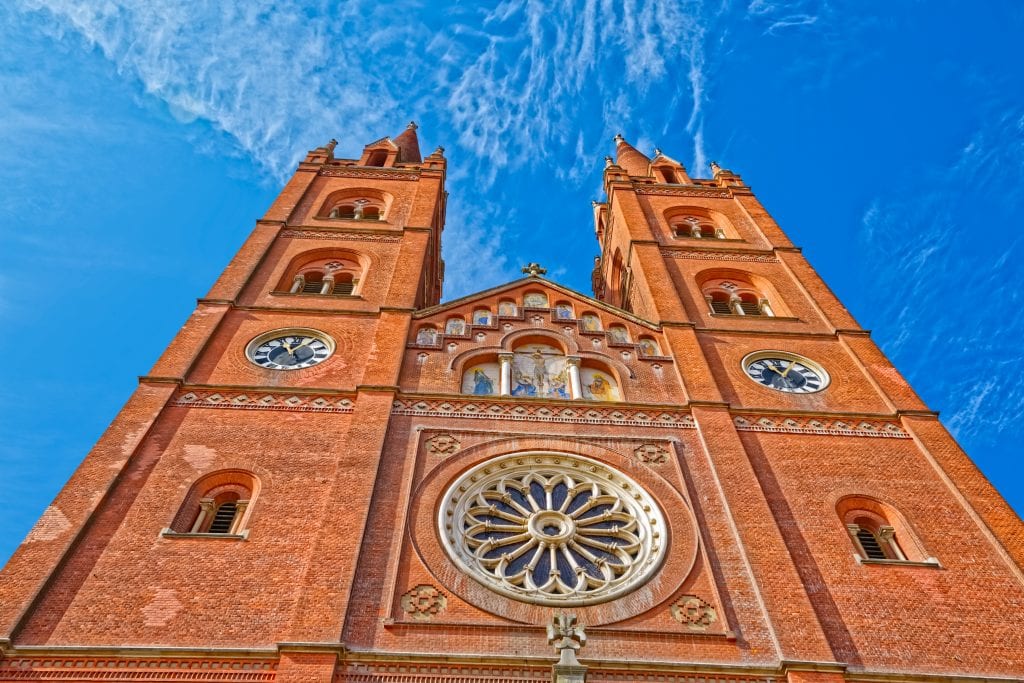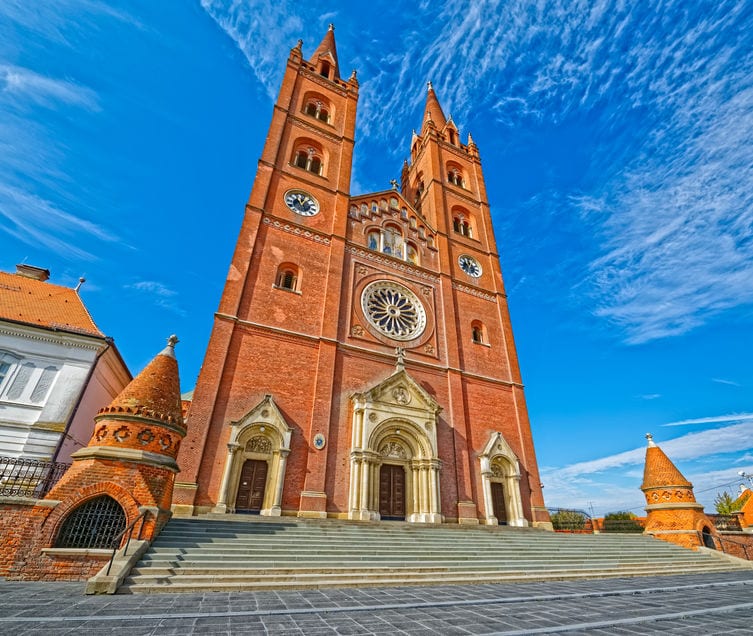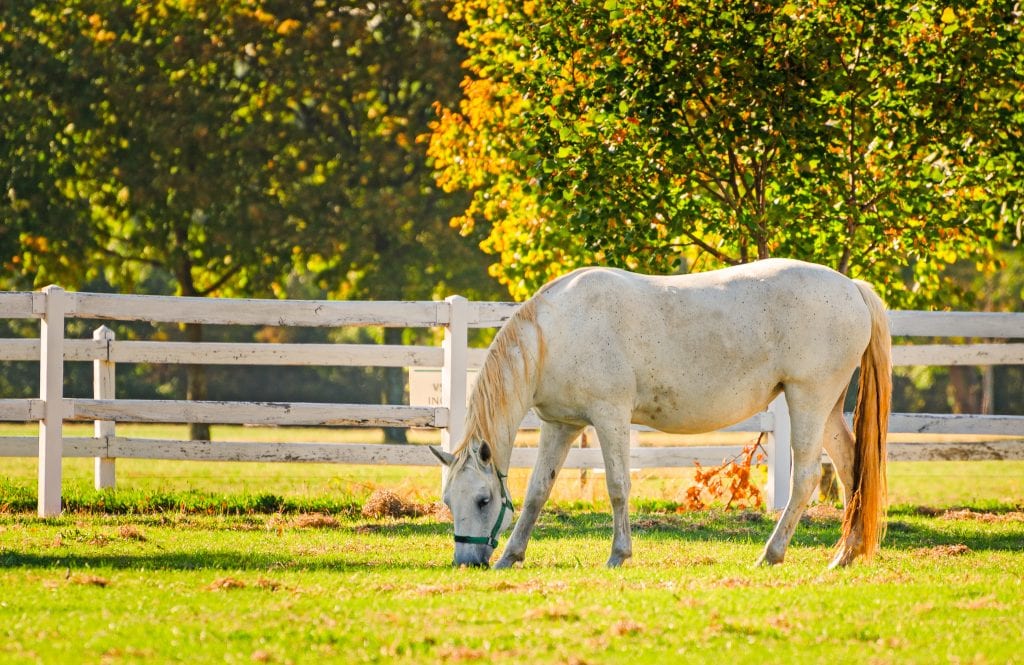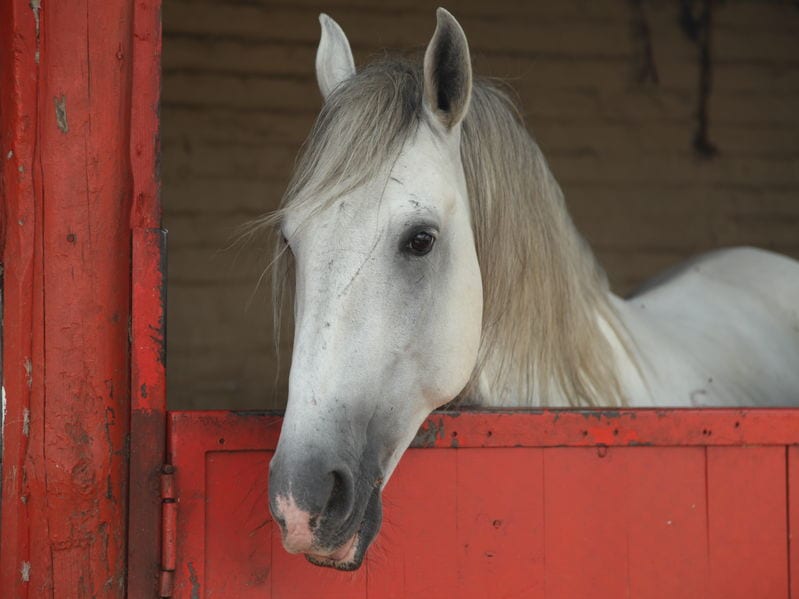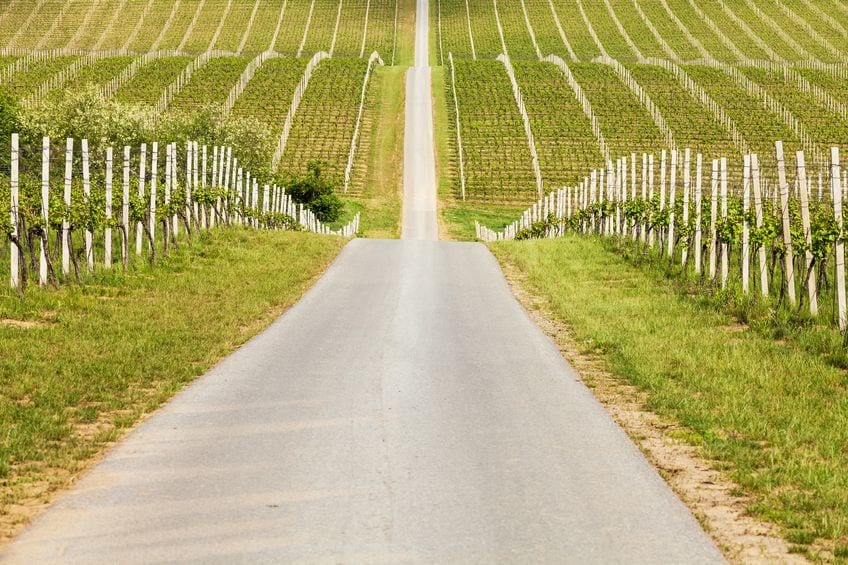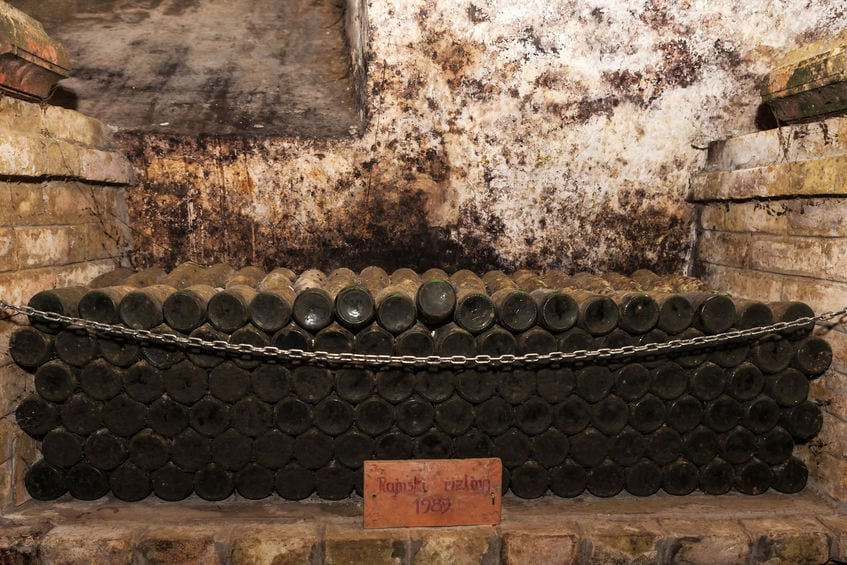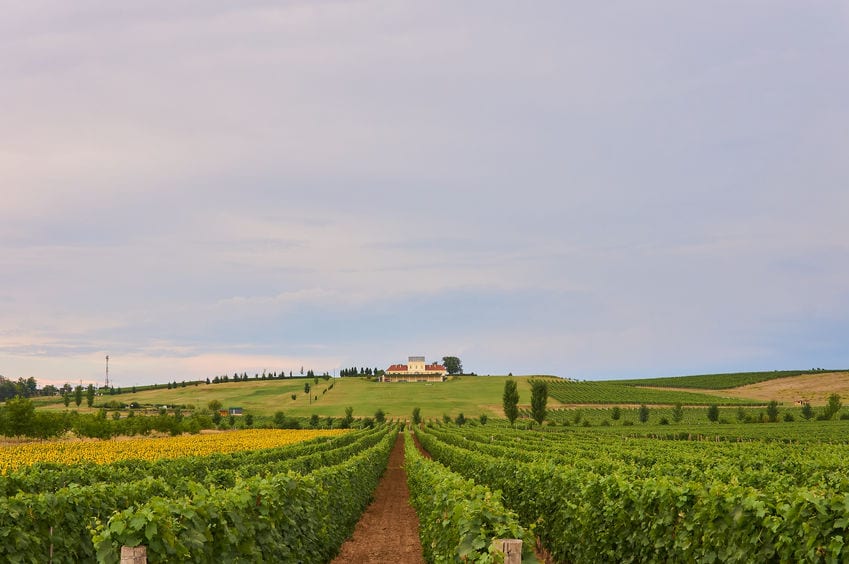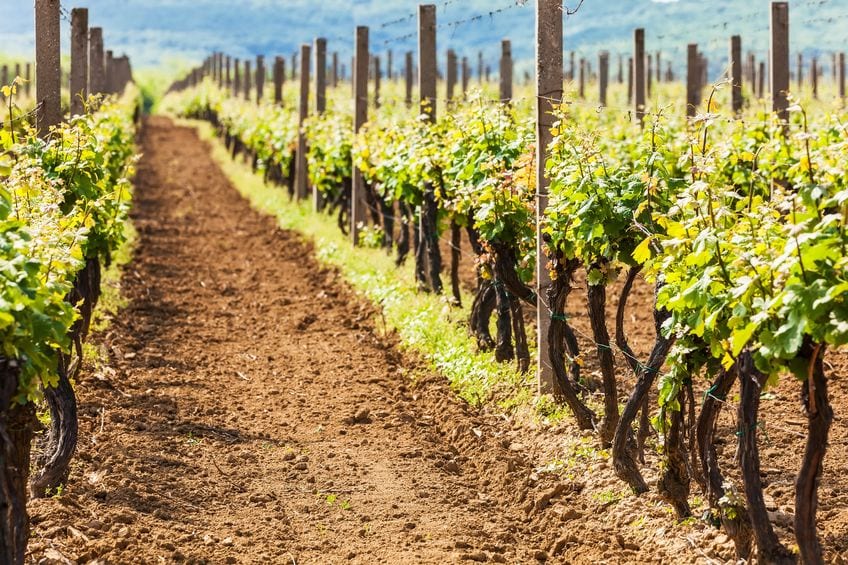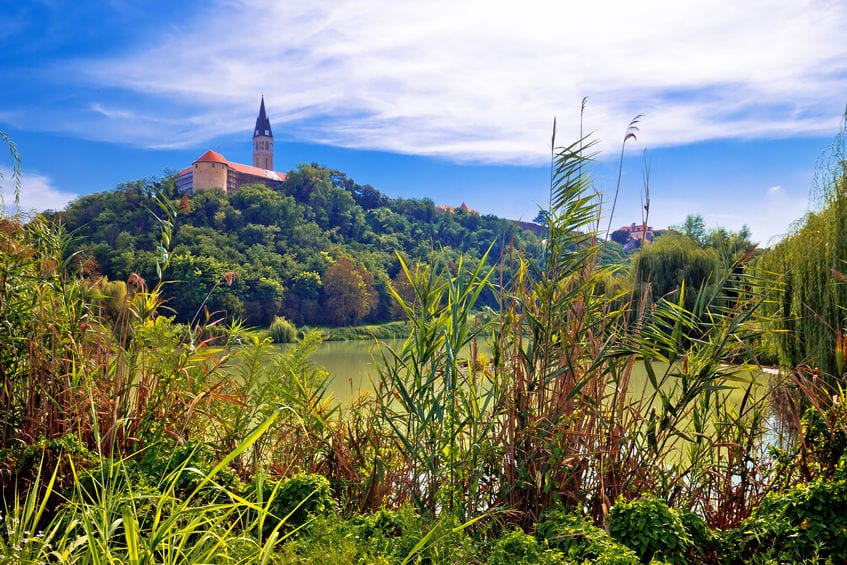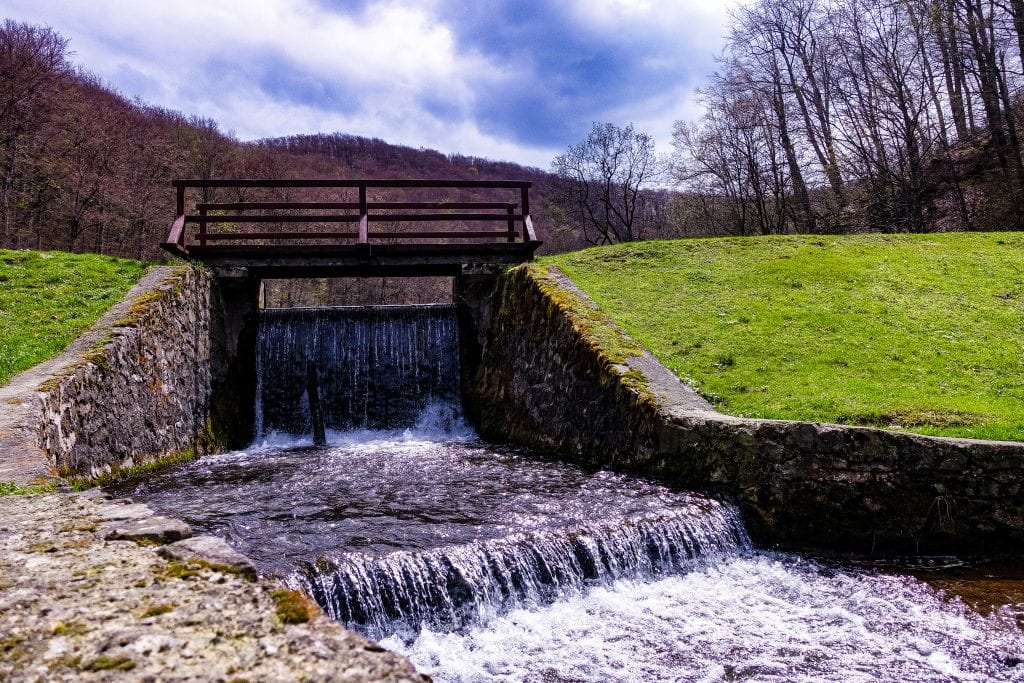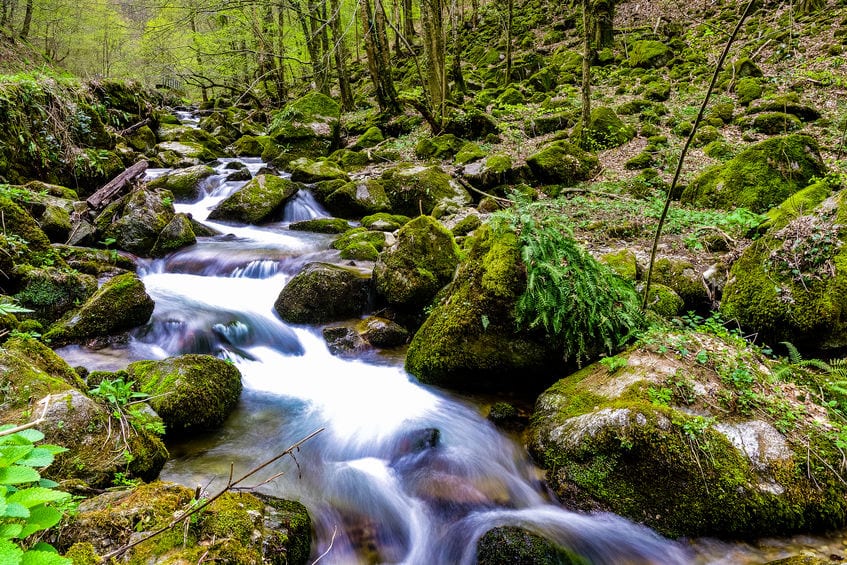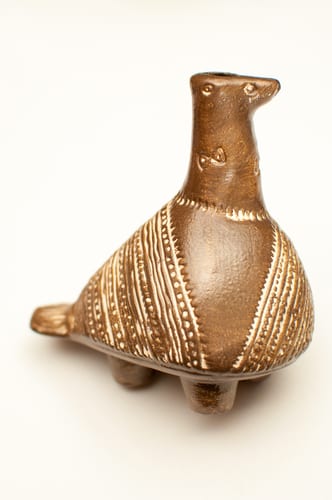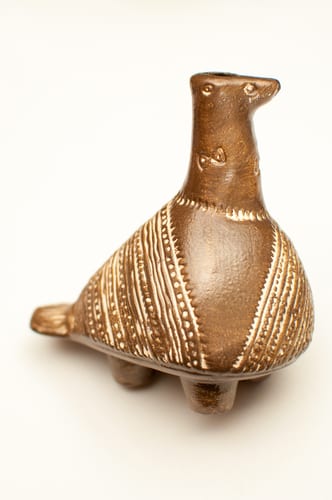Authenticity of landscapes, traditional architecture, traditional lifestyle, local food … Welcome to Slavonia, a land of legends. Area shaped by the creative power of the mighty rivers Drava, Danube, Sava and Ilova modestly preserves all its treasures that we will proudly present to you. Its millennial history is woven into the daily lives of hardworking inhabitants and its well-preserved folklore heritage with adorned carriages, picturesque folk costumes, tamburitza /stringed instrument/ sounds and unique culinary specialties will leave you speechless. Slavonia will tell you the most beautiful story, made up of its hard-working inhabitants, who are an integral part of the rich tradition and culture, will wow you with its aromas and flavours that are embedded into its rich and famous wine and food offer. Slavonia highlihgts include agricultural-related things, starting from traditional food and vineyards to horses. Bur, it is not only about food and wine, Slavonia has amazing cultural heritage, fortified towns, nature parks. If you still doubt, set off down roads and it will take you through mighty medieval fortifications, Baroque castles and the manor houses of Osijek, Vinkovci, Požega, Slavonski Brod, all the way to Vukovar and Ilok, but also to Đakovo where the indigenous Lipizzaner horses proudly strut their stuff.

Photo: 123RF 
Photo: 123RF 
Photo: 123RF
Inhabitants of Slavonia are generous hosts, always ready to engage in a heart-to-heart over a glass of one of the many quality wines produced by the area’s fertile lowlands and some of the spicy local dishes such as čobanac (stew) or fiš paprikaš (fish soup).

Photo: 123RF 
Photo: 123RF
Untouched by mass tourism, Slavonia maintains its unique character. No matter whether you prefer cycling, hiking, or boat trips, Slavonia is all about spending time out in nature.

Photo: 123RF 
Photo: 123RF 
Photo: 123RF 
Photo: 123RF 
Photo: 123RF
Treasuring the area as both wheat growing and winegrowing country with the Kutjevo winegrowing district, home to one of the oldest wine cellars in Europe, the Romans named it Vallis Aurea (the Golden Valley).

Photo: 123RF
The greenest waters and forests in the whole of Slavonia are to be found in Kopački rit Nature Park, one of the largest natural wetlands in Europe. Enjoy the sailing through Danube river, which marks the eastern border of this truly magnificent nature park.

Photo: 123RF 
Photo: 123RF
In the heart of Baranja, you can find ethno village Karanac and experience the feeling of past times, where each household tells a story keeping its authenticity and lifestyle far from the hustle and bustle of an urban area. o the visitors of Karanac, many interesting locations and sites of Baranja are at an arm`s length. One of such sites is the nature park Kopački rit, also the numerous wine cellars, the Ilok wine road, the castle of Eugene Savojski in Bilje and the Habsburg family castle in Tikveš. Baranja is also truly suitable for all types of cycling tourists, from those hungry for cultural, historical or natural challenges to the hedonistic ones.

Shutterstock by xbrchx 
Shutterstock by goran_safarek
Known widely for their colorful folklore tradition, Lipizzaner horses and the stunning cathedral, Djakovo is set in the middle of the fertile Slavonia region in the east of Croatia. The cathedral is distinguished by red bricks and is equally beautiful on the outside as it is on the inside, where it is decorated by lavish stained glass and an altar.

Photo: 123RF 
Photo: 123RF
Đakovo is well known as a home of famous ”Ergle”,which was first mentioned in 1506, although it was founded back in the thirteenth century. The farm has bred Lipizzaner horses since the eighteenth century, and its success has earned it widespread fame.

Photo:123RF, Lipizzan Horse 
Photo: 123RF
Ilok, the easternmost town in Croatia situated on the Danube River, has a unique terroir with ideal conditions for vine cultivation, which were recognized since prehistoric, antic, Roman and Medieval times. Today, Ilok has a thousand year old vine cultivation and winemaking tradition. The attractive old cellars of the Odescalchi Castle and several small wine cellars on the Ilok wine trail offer the possibility for tasting wine and homemade cold meats.

Photo: 123RF 
Photo: 123RF 
Photo: 123RF 
Photo: 123RF 
Photo: 123RF
The peaks of Papuk rise from the depths of the former Pannonian Sea, up to almost one thousand meters above sea level. This geologically area is the first and only geopark in the country. Mountain layers reveal a history that has completely changed the appearance of space – from the Pannonian Sea to the splendor of beech trees hundreds of years old. By far the most beautiful part of Papuk is Jankovac park-wood, one of Slavonia’s favourite excursion sites. In a magical valley up in the mountains there are several sparkling brooks surrounded by flowering meadows and dense beech woods. At the top of the mountains is the loveliest of all its adornments: the Jankovac waterfall.

Photo: 123RF 
Photo: 123RF
Only 5 km downstream from Vukovar you can find archeological site Vučedol, one of the most important sites of Eneolithic period. Vučedol was first inhabited around 6000 BC, at the time of the appearance of the first European farmers. The time between 3000-2200 BC was the most intense period of its existence. The most famous example is the Vučedol Dove, a cult pot in the shape of a bird and richly incrusted, which was found in 1938.

Photo: By Tamisclao, Shutterstock 
Photo: By Tamisclao, Shutterstock


